The current F1 season has undeniably brought to light significant contradictions regarding the expected performance levels of the various teams.
Based on the specific characteristics of individual circuits, the predictions for each car's performance — according to its design 'DNA' — have often been overturned.
One of the most notable recent cases was Ferrari at the Azerbaijan Grand Prix. Initially considered a favourite due to the circuit's features, which were expected to highlight the strengths of the SF-25, the outcome in Baku turned out to be vastly different from expectations.
Following a Friday that had seen the SF-25 perform well enough to secure first and second places in FP2 with Lewis Hamilton leading Charles Leclerc, respectively, the team suffered a substantial setback in both qualifying and the race.
From the outside, it appeared to be a repeat of a familiar script: an inability to develop the car effectively over the course of the weekend. But is that really the case?
Viewed by others:
Wrong turn
What emerged from the Singapore Grand Prix — often a venue where the Scuderia has performed well — suggests a different reality.
That is, the disappointing Saturday and Sunday performances following a promising start to the weekend may not be down to poor car management or ineffective setup adjustments, but rather due to the intrinsic characteristics of the SF-25's design.
Paradoxically, these characteristics seem to have become even more pronounced following the introduction of the revised rear suspension from Belgium onwards.
As is well known, after the first few races, Ferrari faced a crossroads regarding the development path of the SF-25, seeking to extract the performance levels previously seen in simulations — and only briefly confirmed on track during the Shanghai sprint race with Hamilton.
The choice was between focusing on vehicle dynamics or continuing with intensive aerodynamic development. The decision taken by technical director Loïc Serra was to prioritise work on the car's dynamics (i.e. suspension), rather than pursue the already partly planned aerodynamic updates.
Serra believed that modifying the rear suspension would offer a more stable dynamic platform, which in turn would better enable the car's aerodynamics to perform as intended.
This development path engaged the Scuderia's technical team for around three months, effectively halting aerodynamic evolution during that period, with most available resources — including time — channelled into the suspension work.
What was Serra hoping to achieve?
The primary goal was to make the SF-25's aerodynamics less sensitive to changes in ride height. In part, this objective was achieved, but with a significant unintended side effect: the car appears to have become increasingly unresponsive to setup changes.
In practice, if the setup selected in the simulator aligns with real track conditions (in terms of grip and temperature), the SF-25 can deliver its maximum performance. However, if conditions vary, the car struggles to adapt — even when the setup is altered.
This was precisely what became apparent in Singapore, where various attempts were made to reduce the SF-25's chronic understeer.
Leclerc himself described the setup changes trialled at the end of Q3 as "stupid", highlighting just how ineffective they were.
The car's persistent understeer made cornering difficult, and Leclerc tried a radically different approach by heavily loading the front end — even at the cost of making the rear more unstable than before.
As for the chosen development path, it is significant to note that during the time resources were focused on the rear suspension upgrade, it would have been possible to introduce at least two aerodynamic developments.
According to some reports, a couple of minor updates to the SF-25's underfloor aerodynamics had initially been considered, but were ultimately shelved in favour of the suspension modifications.
Some within the team believe those aerodynamic upgrades would have been more in line with what the drivers needed and could have led to more effective overall car development.
As a result, the aerodynamics department has played a marginal role in the SF-25's evolution — effectively sidelined.
No margin for error
Another important point concerns the tight performance gaps seen this season. Some engineers have noted that the time difference between the top ten cars on the grid is often less than two-tenths of a second. Hamilton's P12 qualification in Baku — just three-tenths off pole — was particularly telling.
These same engineers have stressed how, under such tightly bunched performance conditions, optimising a car's setup over the weekend becomes crucial.
In practical terms, gaining even half a tenth of a second through setup refinement can translate into a grid improvement of three to five positions.
This suggests that the 2025 cars must have a design philosophy that allows for strong in-weekend development — something exemplified by McLaren, and especially Red Bull, which has returned to form in the last two races.
Unfortunately, this is not the case with the SF-25. It was conceived as a radical evolution of its predecessor, notably featuring a new pull-rod front suspension aimed at maximising peak performance.
In essence, it's the exact opposite of what's required to be consistently competitive across a wide range of circuits this year.
Also interesting:
Join RacingNews365's Ian Parkes, Sam Coop and Nick Golding, as they look back at last weekend's Singapore Grand Prix! Lando Norris' move on Oscar Piastri is a major talking point, as is Max Verstappen's title chances now being very much alive.
Rather watch on YouTube? Then click here!
Most read
In this article
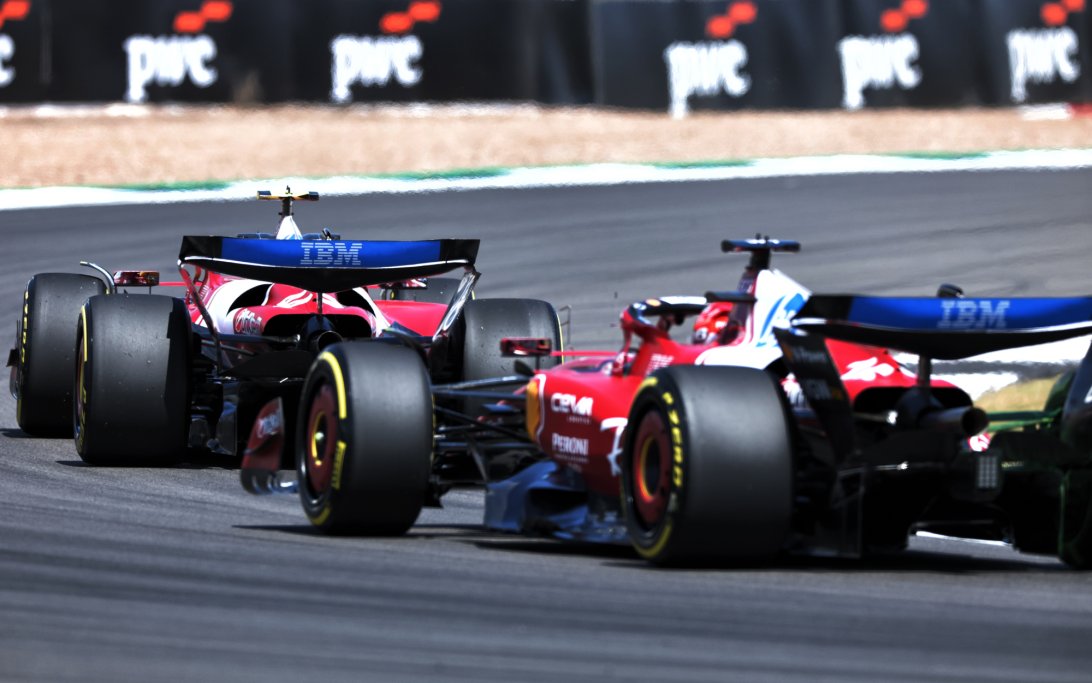


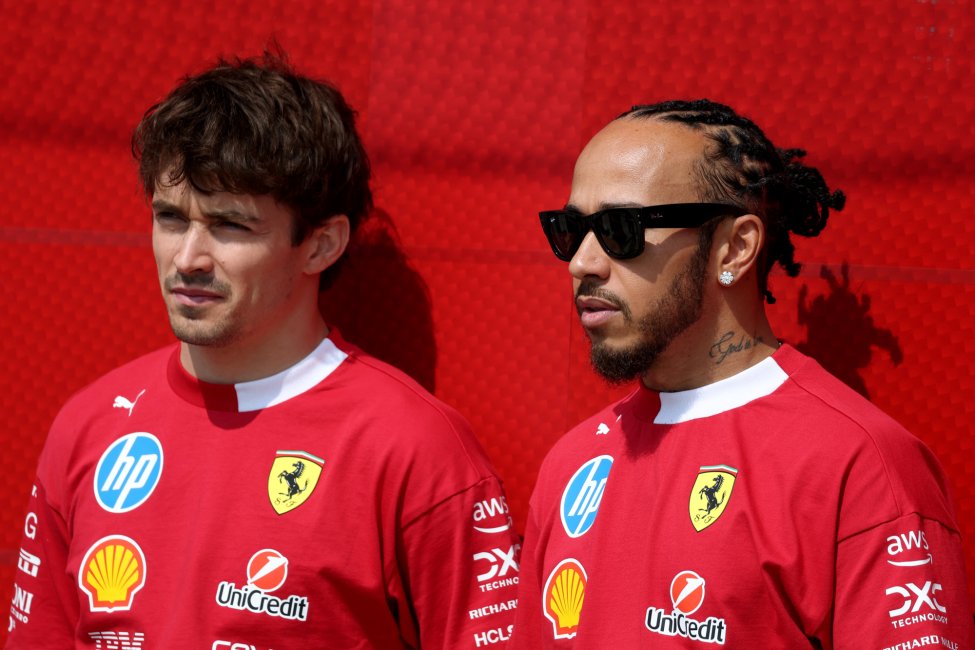
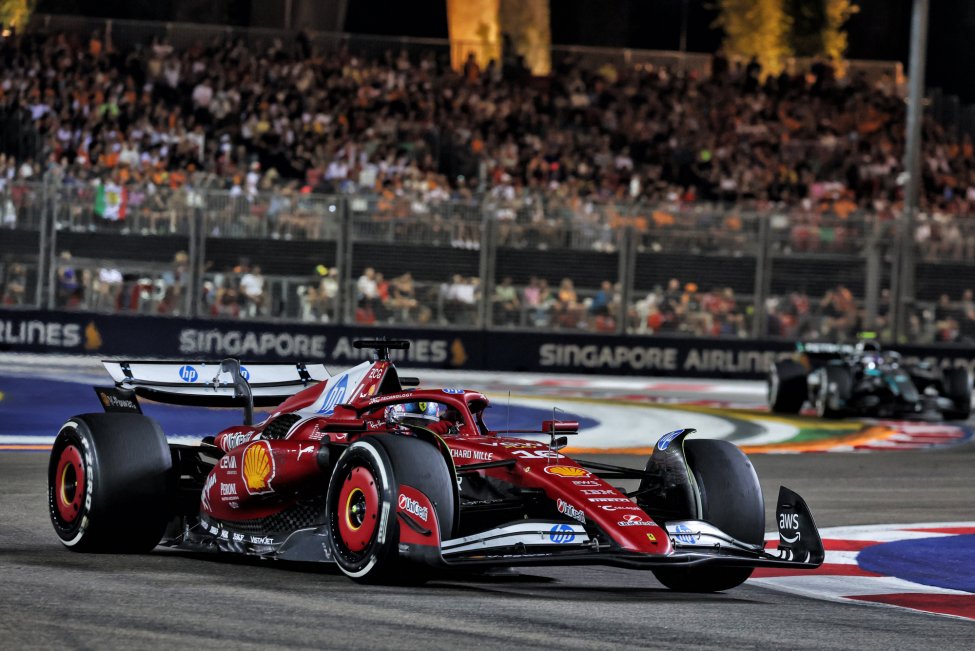



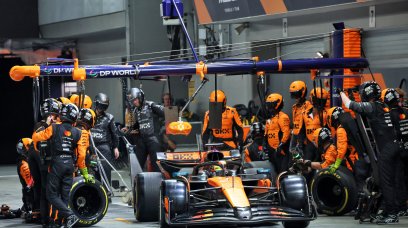
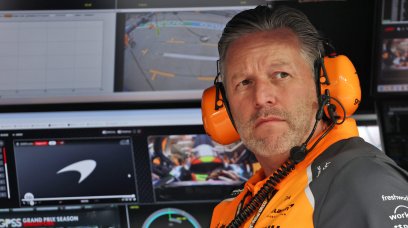

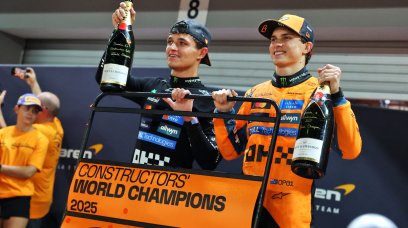
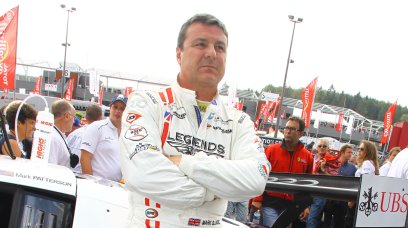

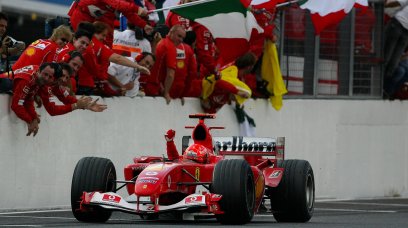












Join the conversation!